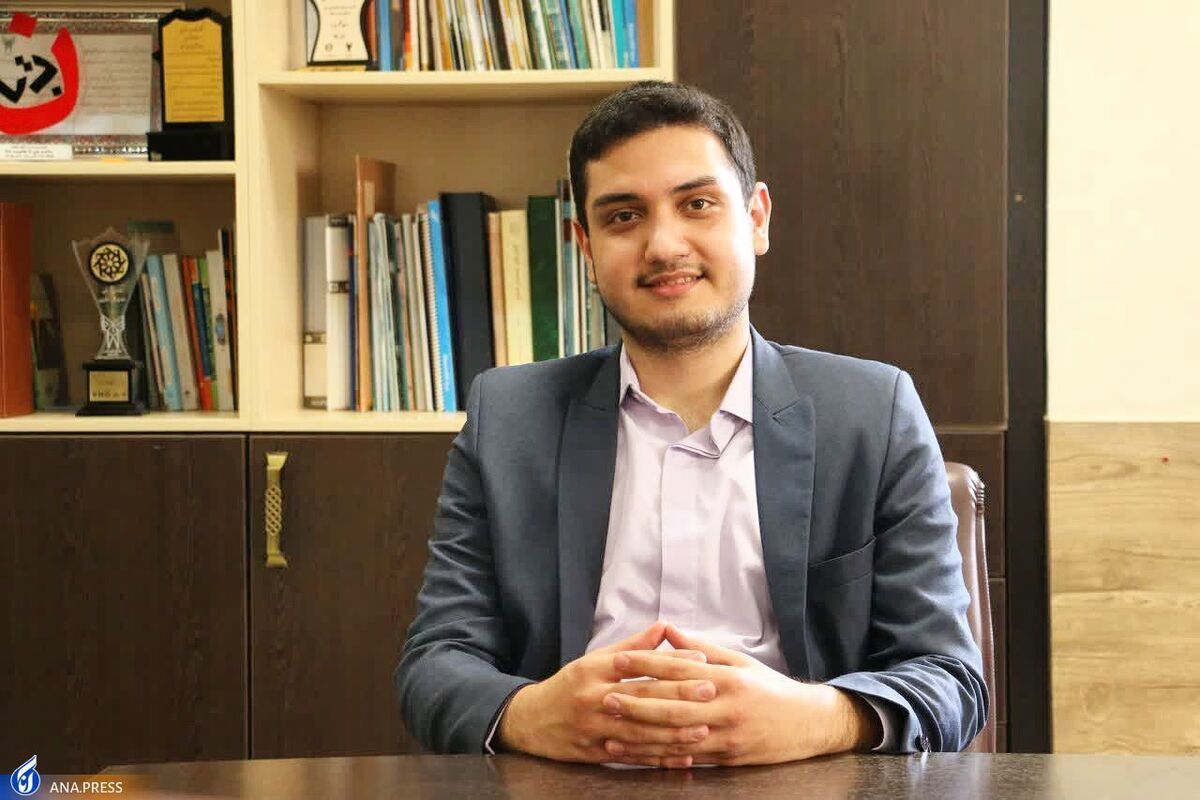Newly-Invented Non-Contact Convulsion Detection Device Helps Diabetic Children in Iran

"People who are diagnosed with diabetes in childhood generally face the problem of convulsion during night sleep, and because their brain is not able to detect low sugar levels, the child usually does not wake up and continues to sleep, and may be exposed to complications due to high fever and convulsion,” Pouria Rabiyee, a graduate student of bioelectrical major in medical engineering from Islamic Azad University’s Semnan branch, told ANA.
“With its installed cameras and identification algorithms, the device that I invented enjoys the capability to monitor the vital activities of the child's body at night, including breathing rhythm, body skin temperature, and abnormal movements (such as shaking) and once convulsion occurs, the device detects it and informs the parents of the child's conditions by using the communication channels,” he added.
Rabiyee said that the most important advantage of the invention which distinguishes it from other devices is the non-contact nature of this device because connecting any device to children is very difficult, annoying and unbearable and increases the possibility of sleep disturbance but this device has no contact with the child's body.
“The second advantage of the convulsion detection and warning device for diabetic children is that it can be used for newly-born babies, and since their skin is sensitive and connection of different devices causes skin problems for them, the device does not cause any complications for them with its unique non-contact specification,” he added.
Diabetes increases the child's risk of developing conditions such as narrowed blood vessels, high blood pressure, heart disease and stroke later in life.
Excess sugar can injure the walls of the tiny blood vessels that nourish the child's nerves. This can cause tingling, numbness, burning or pain.
Until recently, young children and teens almost never got type 2 diabetes, which is why it used to be called adult-onset diabetes. Now, about one-third of American youth are overweight, a problem closely related to the increase in kids with type 2 diabetes, some as young as 10 years old.
4155/v





















